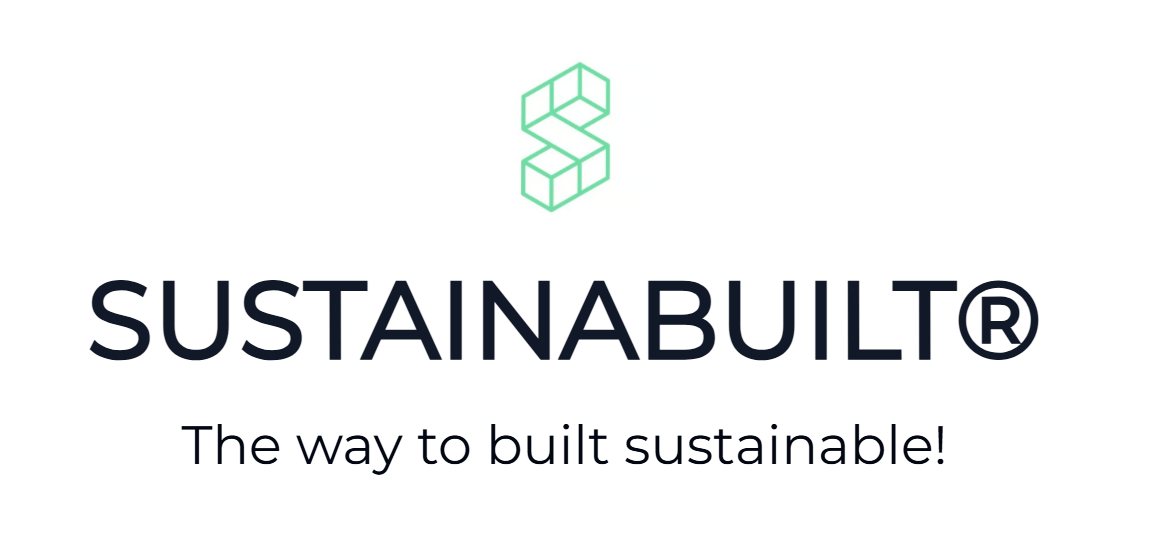- SUSTAINABUILT®
- Posts
- Serial prefabrication with bamboo?
Serial prefabrication with bamboo?
Alternative way to built sustainable.
While spruce, pine, beech and oak are among the most common tree species in Germany (see 1), they are rare to non-existent in other climate zones.
In order to be able to implement serial construction worldwide, taking ecological criteria into account, it is necessary to use different renewable raw materials that are sufficiently available in the respective climate zones.
In today's issue, I am looking at the industrial use of bamboo for serial construction.
When we think about bamboo as a possible base material in serial building solutions, the first thing that comes to mind is the natural, round shape of bamboo, which at first glance seems unsuitable for serial building.
The view of bamboo as a natural material whose usefulness is limited to ephemeral or very unique structures distances us from the possibility of integrating it into an industrial building solution.

Images of a building in traditional bamboo architecture - photo credit José Eduardo Torres Rojas
The truth is that bamboo is not only an unknown building material, but can even be compared to a type of wood, albeit with very poor properties.
Moreover, bamboo is currently not even considered a building material.
The above aspects can obviously hinder the development of building solutions with bamboo. Unless bamboo is converted into laminated wood elements.
We are referring here to industrially laminated bamboo solutions, which are mostly intended for cladding, flooring and other architectural applications, and not necessarily as a structural material.

Structure made of laminated bamboo - Image credit: FA ReNüTec
It is true that the use of laminated bamboo beams and supports is already being considered, but these options are still overshadowed by the new renaissance of laminated wood structures.
José Eduardo Torres Rojas is certain that bamboo will change the rules of the game in this respect. Not only because of its physical and mechanical properties, but also because of the well-known sustainability that the material can contribute and thus have a high impact on sustainable construction.
Given this, it seems to José that we only have two options with bamboo if we want bamboo to establish itself as a building material for sustainable and serial building solutions.
One is to limit its use to these traditional constructions in Asia and America, based on artisanal techniques and this traditional architecture.
On the other hand, one could patiently wait for industrially manufactured bamboo components to become available on the market that can be used in projects.
Of course, the above-mentioned uses have their advantages and disadvantages:
The choice of traditional bamboo architecture, which can be anecdotal and very unique. Removed from the possibility of industrialization. This limits the development possibilities of bamboo for use as a building material.
The use of industrially produced bamboo elements in laminated form (cross laminated bamboo), which, due to the use of additives, has poorer recyclability and less sustainability than the use of bamboo in its natural form or as a round pole.
Is there another option?
SO WHAT ALTERNATIVE PATH COULD BE TAKEN?
For the sustainable use of bamboo, a way is needed that allows us to take advantage of the sustainability of the natural material and use it in industrialized solutions or perhaps in prefabricated elements to enable sustainability and circular economy.
This is one of the challenges that many designers, architects, engineers and researchers who are thinking about bamboo as the most viable option in solving the sustainability problems in the construction industry and its path to the circular economy.
José Eduardo Torres Rojas believes that there are opportunities that can be based on the use of bamboo in the form of round cane when combined with materials such as steel, wood and some recycled materials.

Zusammensetzung einer vorgefertigten Säule - Bildnachweis Bambutectura
José is looking for alternative solutions that are suitable for the processing of bamboo and are already being used in the industrialization of other materials, e.g:
Scanning the physical properties of the respective bamboo
Automated CNC trimming
Specific and local filling of the bamboo cavity with recycled materials
Use of universal steel connectors
Component catalogs for CAD programs
Traceability of the material and creation of technical data sheets for the elements.
Conclusion
For the use of bamboo in serial construction, solutions must be developed based on standardized bamboo elements in the form of beams, columns and other structural elements in prefabricated solutions.
The aim is to combine bamboo solutions in such a way that they can be integrated into prefabrication or industrialization systems that already work with other materials such as wood and steel.
References
1. 1. viewed on 11.04.2024, cf. under: Fichte, Kiefer, Buche, Eiche – häufigste Baumarten: BMEL - Bundeswaldinventur)
Want to work with us?
Let's discover potential and opportunities together in a non-binding initial meeting. During this appointment, we will take time exclusively for your concerns.
We will discuss your goals and the challenges you face in your day-to-day project business and determine together how we can support you.
Contact us for a personalized consultation and learn more about the benefits for your next project.
Arrange a free initial consultation now.
